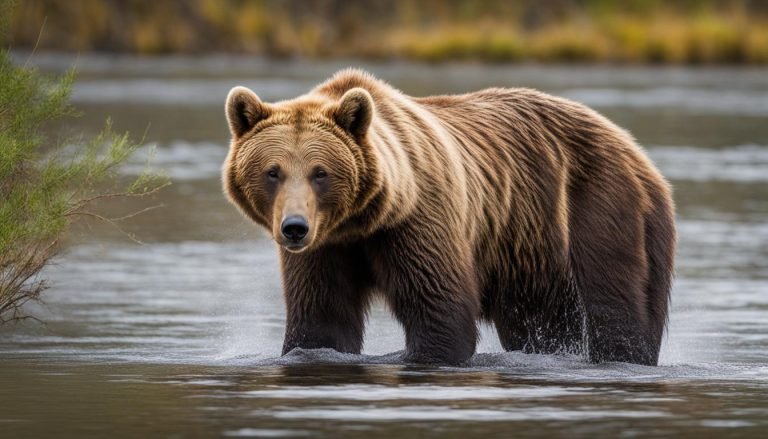15 Facts About Wolves People Don’t Know
Let’s go on a journey into the untamed wilderness as we explore the captivating world of wolves, one of the most iconic and socially complex carnivores.
From their ancient ancestry to their vital role in shaping ecosystems, wolves have long been both feared and revered.
Join us as we unravel intriguing facts about wolves, these enigmatic creatures from their pack dynamics to their adaptive behaviors that have allowed them to thrive across diverse landscapes.
1. Canine Ancestry
Wolves are the ancestors of domestic dogs, sharing a common lineage with our loyal companions. The domestication of dogs is believed to have originated from human interactions with wolves tens of thousands of years ago.
2. Social Structures
Wolves are highly social animals that live in family groups called packs. These packs are organized hierarchically, with an alpha pair leading and other members playing specific roles in hunting, pup-rearing, and defense.
3. Territorial Behavior
Wolves are territorial creatures, and the size of their territory depends on factors like prey availability and pack size. They use vocalizations, scent marking, and physical displays to communicate and establish boundaries.
4. Apex Predators
Wolves are apex predators, playing a crucial role in regulating prey populations and maintaining ecosystem health. Their presence is often associated with increased biodiversity and the prevention of overgrazing by herbivores.
5. Howling Communication
Wolves communicate using howls that serve various purposes, including coordinating the pack, locating pack members, and establishing territory. Each wolf’s howl is unique, enabling individuals to be identified by their pack members.
6. Pack Dynamics
Wolf packs are tight-knit family units that cooperate in hunting and raising pups. Packs are known to exhibit loyalty and care for injured or sick members, showcasing a strong sense of social bonds.
7. Adaptability
Wolves are highly adaptable and can thrive in a variety of ecosystems, from dense forests to arctic tundras. Their ability to adjust their behavior and hunting strategies allows them to occupy diverse habitats.
8. Hunting Strategies
Wolves are skilled hunters that employ various strategies based on their prey. They may engage in cooperative group hunting for large ungulates, such as elk, or utilize stealth and ambush tactics for smaller prey.
9. Dispersal and New Packs
Young wolves typically disperse from their natal pack to establish new territories or join existing packs. This behavior helps maintain genetic diversity and prevents inbreeding within populations.
10. Conservation Challenges
Wolves face numerous conservation challenges, including habitat loss, human-wildlife conflict, and misconceptions leading to persecution. Conservation efforts are essential to ensure the survival and well-being of wolf populations.
11. Keystone Species
Wolves are considered keystone species, meaning their presence has a disproportionate impact on their ecosystem. Their predation influences the abundance and behavior of prey species, ultimately shaping the entire ecosystem.
12. Cultural Significance
Wolves hold cultural significance in various societies, often symbolizing a range of qualities from strength and intelligence to loyalty and guardianship. Myths, folklore, and art throughout history have reflected the complex relationship between humans and wolves.
13. Pack Leadership
The concept of an “alpha” wolf leading the pack has been revised through scientific understanding. Rather than being dominated by a single alpha individual, wolf packs often exhibit cooperative breeding and decision-making among pack members.
14. Wolf-Dog Hybrids
Interbreeding between wolves and domestic dogs can result in wolf-dog hybrids. These hybrids may exhibit a mix of characteristics from both species, posing challenges for both conservation and responsible pet ownership.
15. Yellowstone National Park Reintroduction
The reintroduction of wolves to Yellowstone National Park in 1995 had profound effects on the ecosystem. The presence of wolves led to a cascade of changes, influencing elk behavior, plant growth, and even the course of rivers, showcasing the intricate connections within natural systems.
Wolf Quiz
How well do you know wolves? Test your knowledge below!








